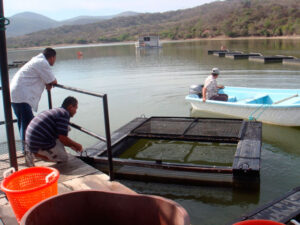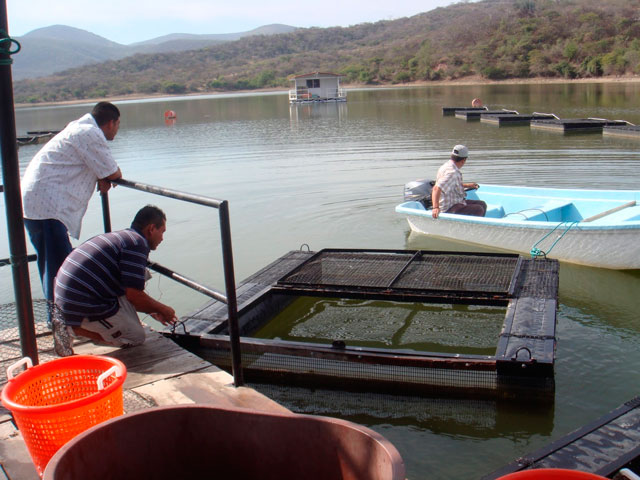Catfish farmers can sell their product to processors for up to $ 1 a pound. On a successful farm, that can translate to yields of more than $ 2,000 per acre. You can raise catfish in tanks, underwater cages, and other boats, but the common approach is to raise fish on farms large enough to support several acres of catfish ponds. There are over 2,000 species of catfish with over 40 species in the United States. The river catfish is the main commercial species.
Steps to start a bar hatchery as a business idea
Find the right place
1. Acquire an area of farmland large enough to house suitable catfish ponds. You can successfully farm catfish in ponds as small as. 25 acres, but ponds 1-5 acres on the surface are preferable. You can use natural ponds or dig your own.
Secure water supply
2. Provide an adequate supply of water. For a commercial catfish pond, this means a flow of approximately 20 to 30 gallons per minute per acre. You can dig a channel to a stream or well, or use any source that is free of pollutants and chemicals; if using a natural source, remove any fish that may try to swim.
Ventilated and acclimatized environment
3. Aerate and heat your pond. There are pump, propeller, and paddle wheel aerators that churn up the water and circulate dissolved oxygen so cats can breathe. Keep the water at 82-86 degrees Fahrenheit for optimal growth; spawning ponds should be 77-81 degrees.
 The fry
The fry
4. Fill your pond with fingerlings, baby catfish about 4 to 6 inches long. It is common for catfish farms to stock ponds at a level of 1,500 fish per acre, but fewer fish will need less dissolved oxygen. With a population smaller than the maximum, the cost of aerating the ponds is saved.
Feeding
5. Feed your fish every day, giving them all they can eat for 20 to 25 minutes. Food pellets should contain all the vitamins and minerals necessary for health, and consist of around 32 percent protein, although protein levels of 36 percent in the first month will drive fingering growth.
Reproduction
6. Gather some breeding age catfish and place them in a separate pond to spawn. Select two males for every three females, and keep the population density of the breeding group between 800 and 1,200 pounds of fish per acre.
Containers
7. Add spawning containers to your pond. The containers can be ceramic tubes, metal cans, plastic barrels, or plastic barrels, as long as they are large enough that a male and female catfish can go inside to breed. Do not use containers that contain PCBs, industrial chemicals, or anything else that is potentially harmful to your fish.
Advice
- Male catfish have a broader head and tail than female catfish and usually have a darker skin color.
- The pH of your pond should be neutral at 7. In areas with strongly acidic soils, it may be necessary to add lime to the pool on a regular schedule to neutralize the acidity.
References
Resources

